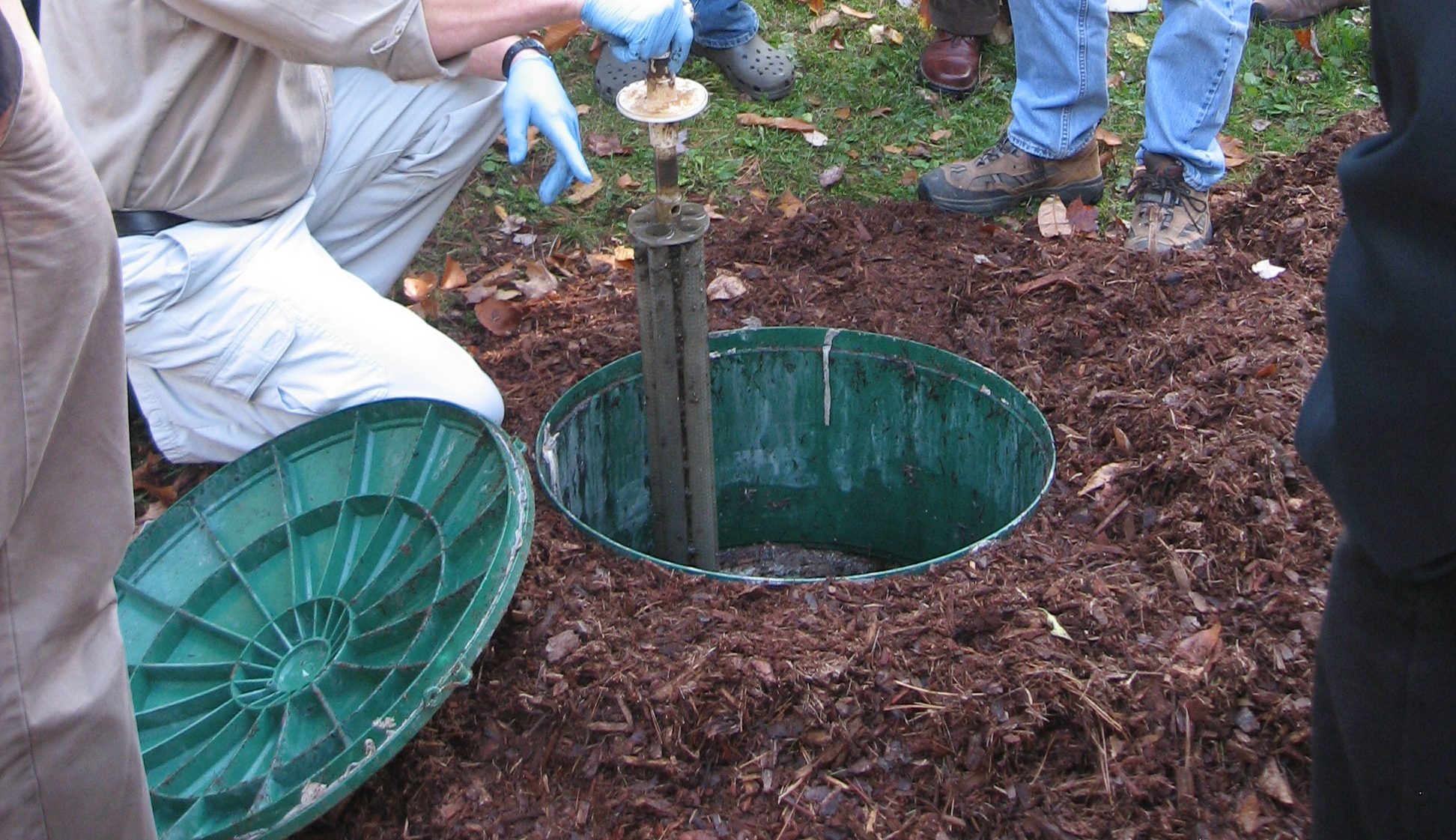O’Driscoll M, Humphrey C, Iverson G, Bowden J, and Harrison J (2024). Rising Groundwater Levels in Dare County, North Carolina: Implications for Onsite Wastewater Management for Coastal Communities. Water and Climate Change 15(8): 3666-3688. doi:10.2166/wcc.2024.735
Abstract
Onsite wastewater treatment systems (OWTS) are a common wastewater treatment approach in coastal communities. Vertical separation distance (VSD) requirements between the drainfield and groundwater aim to ensure aerated soils for wastewater treatment. When the VSD declines, OWTS can fail. This study evaluated groundwater response to sea level rise (SLR) and the implications for OWTS. A groundwater monitoring network (13 wells) was used to evaluate groundwater depth in Dare County, North Carolina. Groundwater levels were measured with water level meters and pressure transducers. Trends in groundwater depth and SLR were analyzed to evaluate the influence of SLR on groundwater depth. From 1984–2022, mean groundwater levels have risen (∼7.6 mm/year) in response to SLR. Currently, sites at <2.7 m land elevation are most likely to have groundwater depths <1 m and inadequate VSD. Based on current precipitation and NOAA intermediate SLR projections, groundwater depth projections suggest that OWTS at lower elevations are more likely to experience groundwater inundation by 2040–2060. SLR has resulted in reduced VSD causing diminished wastewater treatment capacity in low-lying areas. OWTS VSD requirements are typically static due to regulatory constraints. Future management approaches should consider adapting to rising coastal groundwater levels because of increasing wastewater contamination risks.




